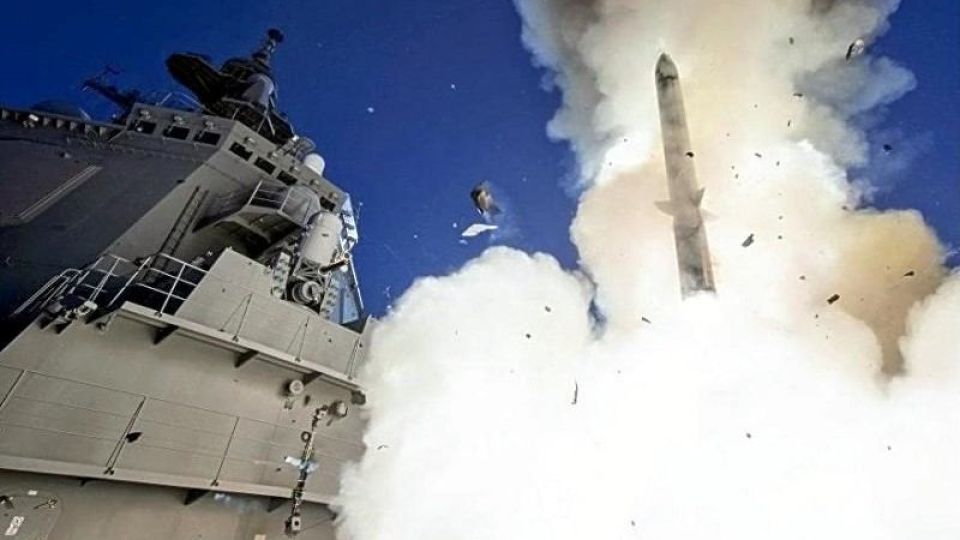November 29, 2022
TOKYO – A network of 50 small satellites working together in space will be developed for Japan’s defense. The first of these satellites is expected to be launched as soon as fiscal 2024, in line with the possession of counterattack capabilities to strike enemy missile launch sites for the purpose of self-defense, according to several government officials.
The government and the ruling coalition are in the final stage of discussions to specify the possession of counterattack capabilities in the three documents that will be finalized by the end of this year: the National Security Strategy, National Defense Program Guidelines and Medium Term Defense Program.
The satellite constellation will also be stipulated in these documents, which serve as guidelines for the government’s security policy.
The Defense Ministry plans to allocate the related expenses in the initial budget for fiscal 2023.
In exercising the counterattack capabilities, which are expected to involve the use of long-range missiles, it is essential to have real-time information on the location of enemy military facilities situated on the ground or naval vessels at sea. A satellite constellation of multiple small satellites launched into low-altitude orbit and operated in unison will make it possible to accurately monitor targets from space at all times.
The network will be able to frequently observe a specific point, enabling it to closely monitor the movements of opposing forces, such as vehicles and naval vessels equipped with launch pads.
Two types of satellites will be launched: optical satellites, which make use of sunlight to capture images of the ground with their cameras, and synthetic aperture radar (SAR) satellites, which observe radio waves reflected off objects. Optical satellites can acquire clear images during daytime in good weather, while SAR satellites can do so during bad weather and at night.
The ministry also aims to develop an observation network that can detect and track hypersonic glide vehicles being developed by China and Russia. The development of an infrared sensor to capture flying objects is time-consuming and costly, however, and the launch of a prototype is expected to be delayed until fiscal 2027.
To monitor North Korea, including detecting signs of missile launches, the Cabinet Secretariat is using nine operational information-gathering satellites, with the aim to operate one more. The satellites are suited for periodic monitoring of fixed targets but are said to be unsuitable for continuously capturing moving targets.

The Yomiuri Shimbun
Komeito shows positive view
The ruling coalition is made up of the Liberal Democratic Party and its junior partner Komeito.
Shigeki Sato, chairman of Komeito’s Research Committee on Foreign Affairs and National Security, expressed a positive view on the possession of counterattack capabilities on a TV program broadcast Sunday.
“I am aware of the question of whether the current interceptor system alone can completely knock down missiles and protect the lives of the Japanese people,” he said.
He added that Japan can use counterattack capabilities for the purpose of self-defense. In addition, if an attack on another country with close ties to Japan occurs and it “threatens Japan’s survival,” the counterattack capabilities can also be used for such a situation.
Referring to the fact that security-related laws made it possible to exercise the right of collective self-defense to deal with a situation that threatens Japan’s survival, Sato said such a situation could theoretically meet the conditions for exercising the counterattack capabilities.

